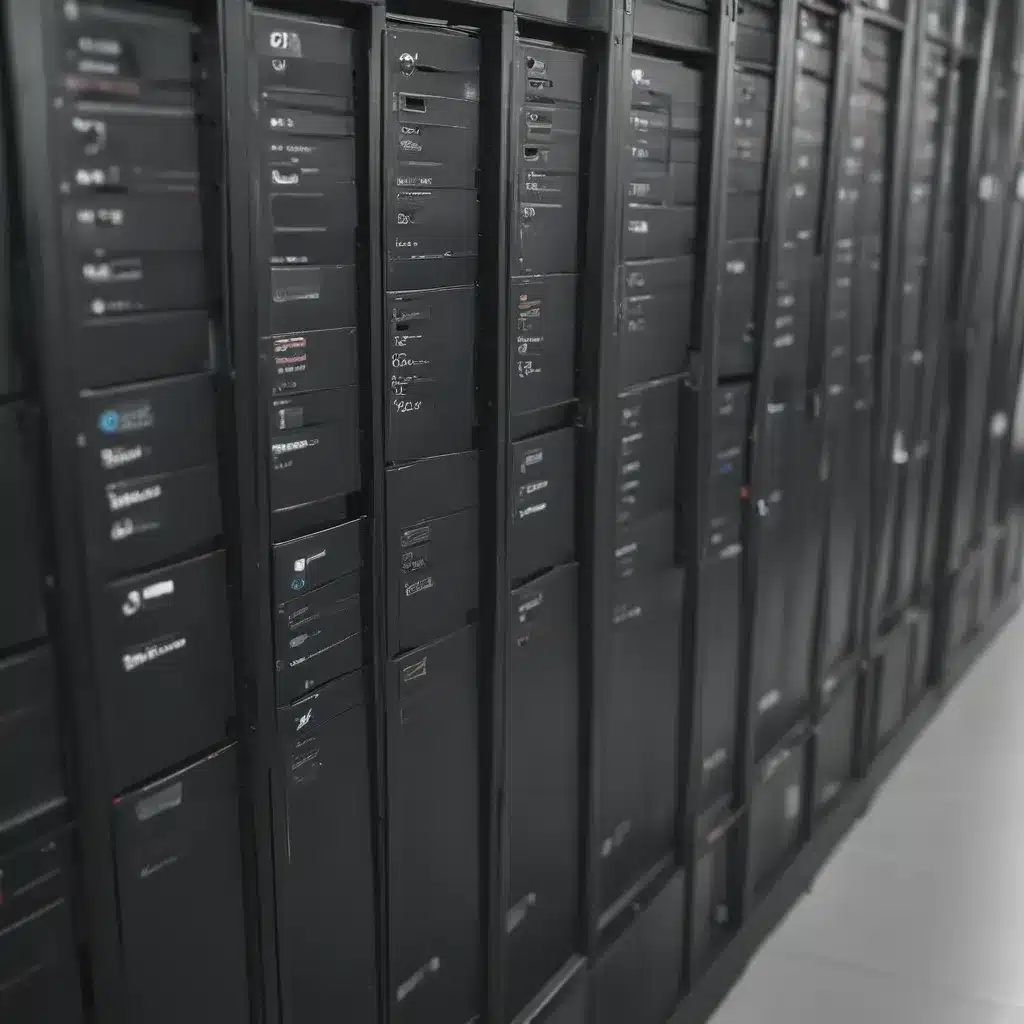Upgrading to a New Computer Doesn’t Have to Be a Hassle
If you’re anything like me, the thought of moving all your personal files, photos, and digital memories to a new computer can be enough to make your head spin. I mean, who has the time or patience to tediously copy over gigabytes of data, let alone ensure everything ends up in the right place?
Well, my fellow technophiles, I’m here to tell you that there’s a simple solution to this age-old dilemma. With a little preparation and the right tools, migrating your data to a new machine can be a breeze. In fact, I recently went through this process myself, and I’m happy to share my hard-won wisdom to save you the headache.
Backup, Backup, Backup!
The key to a successful data migration lies in one simple word: backup. Before you even think about touching that shiny new computer, you need to make sure all your important files are safely stored elsewhere. Trust me, you do not want to be caught with your digital pants down when that old hard drive decides to call it quits.
Now, I know what you’re thinking – “But I already have all my stuff backed up on my current machine!” And to that, I say, “Bless your heart, you sweet, naive soul.” The truth is, a local backup is only half the battle. What happens if your house burns down, or your computer gets stolen? Poof, there goes your data.
That’s why I recommend taking a two-pronged approach to backup. First, make sure you have an external hard drive or cloud storage solution where you can regularly dump your files. [1] This gives you a physical fallback in case disaster strikes. But don’t stop there – also consider using a service like Dropbox or Google Drive to keep your most important documents and photos synced across devices. [2] That way, even if your computer bites the dust, your data will be safe and sound.
Preparing for the Big Move
Alright, now that you’ve got your backups squared away, it’s time to start planning the actual migration. The first step is to take a good, hard look at what you’ve got on your current machine. Do you really need to lug around every single file and folder, or can you take this as an opportunity to do a little digital spring cleaning?
Go through your documents, photos, and downloads, and start sorting the essentials from the unnecessary clutter. [3] Trust me, your future self will thank you when you’re not wading through a sea of old tax returns and half-finished DIY projects.
Once you’ve trimmed the fat, it’s time to get down to the nitty-gritty. Depending on your tech savviness, you’ve got a few options for actually moving your data:
-
The Manual Approach: If you’re feeling particularly masochistic (or just enjoy a good old-fashment file management challenge), you can simply copy-paste your essential folders and files onto an external drive or cloud storage. Just be sure to double-check that everything made the journey safely.
-
Data Transfer Tools: For the less hands-on among us, there are a number of software solutions designed to streamline the migration process. Tools like Windows Easy Transfer or macOS Migration Assistant can help you quickly and painlessly move your files, settings, and even some installed programs. [4] [5]
-
Professional Help: If the thought of tackling this on your own makes you want to curl up in the fetal position, fear not! Many computer repair shops and IT services offer data migration assistance. They’ll handle the heavy lifting while you sit back and enjoy your newfound digital freedom.
The Finishing Touches
Alright, so you’ve got your data safely backed up and you’ve successfully transferred it to your new machine. Congrats, you’re on the home stretch! But before you start dancing the techno-tango, there’s one more crucial step: verifying that everything made it over intact.
Take some time to browse through your files, open a few documents, and ensure that all your precious memories and important information are right where they should be. If you notice anything amiss, don’t panic – just head back to your backup and try the transfer again.
And there you have it, my friends – a foolproof plan for migrating your data to a new computer with minimal fuss and maximum peace of mind. So, what are you waiting for? Go forth and upgrade with confidence!
References
[1] Microsoft. (n.d.). How to Back Up or Transfer Your Data on a Windows-based Computer. Retrieved from https://support.microsoft.com/en-us/topic/how-to-back-up-or-transfer-your-data-on-a-windows-based-computer-bd7e1bcf-15ea-078b-922f-6d6fcca76c7e
[2] Apple. (n.d.). Back Up Your Mac with Time Machine. Retrieved from https://support.apple.com/en-us/HT201250
[3] Veeam. (n.d.). Moving Backups from One Location to Another. Retrieved from https://helpcenter.veeam.com/docs/backup/cloud/moving_backups.html
[4] Microsoft. (n.d.). Use Windows Easy Transfer to Move Files and Settings to a New Computer. Retrieved from https://support.microsoft.com/en-us/windows/use-windows-easy-transfer-to-move-files-and-settings-to-a-new-computer-5f2a76d7-9c32-514a-3fb8-ac38c4d7268d
[5] Apple. (n.d.). How to Transfer Your Data to a New Mac. Retrieved from https://support.apple.com/en-us/HT204350













